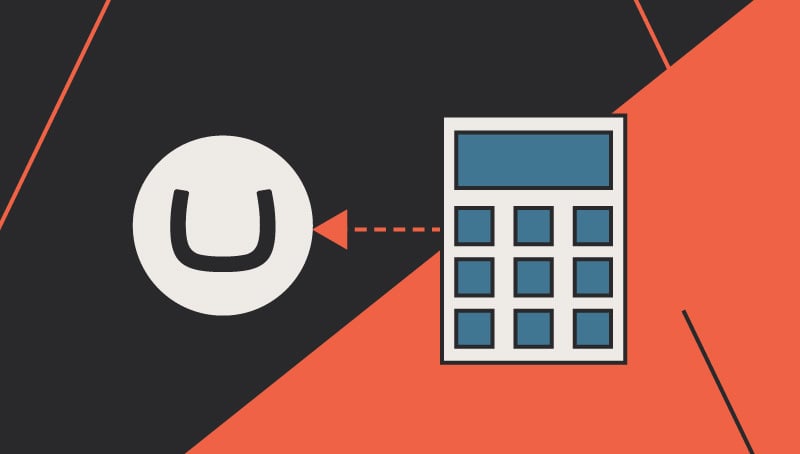3 Things to Consider When Planning a Website Rebuild
Chris Osterhout SVP of Strategy#Ektron, #Design Advice

A website redesign often requires a rebuild of the site's code. When doing so, you'll need to consider Scalability, Flexibility, and Accountability.
Any website redesign project requires a great deal of planning, including a robust Discovery process, taking into account the site’s visual design, user experience (UX), and information architecture to ensure that it provides the best experience for its users. However, it is just as important to consider a site’s underlying code, and website redesign projects often require a rebuild of the code along with any visual or UX design updates.
Anyone planning for a website rebuild needs to answer a lot of questions, including which CMS platform to use, how to implement functionalities like Responsive Design, and how to integrate external systems like a MAP or CRM. But at a more fundamental level, a rebuild needs to address how the website’s underlying technology will be able to provide the best experience for both the site’s users and its content editors. In order to do so, you’ll need to take the following aspects of the website into consideration:
Scalability
No matter how complex a website is, how many bells and whistles it includes, or what external systems it integrates with, it needs to be able to support its traffic, responding quickly and smoothly as people use it. It also needs to be scalable, able to handle increased traffic when necessary and continue to operate smoothly as the site grows and develops over time.
During a rebuild, developers will need to consider aspects of the design such as caching strategies, image compression, and optimizing the front-end code to minimize the number of requests to the server, keeping the scalability of the site in mind and ensuring that it will continue to provide a quality experience for years to come. A website rebuild project needs to take all aspects of the site into account, from the site’s code to its hosting infrastructure, and making sure to address the scalability of these aspects is paramount.
Flexibility
Most companies’ business requirements change over time, and their website needs to be able to adapt to these changes and provide content editors with the tools to meet these goals. During a redesign/rebuild project, developers should make the site’s templates, which govern the layout of content like blogs, articles, and landing pages, as flexible as possible, allowing content editors to create the content they need without requiring developer support.
At Diagram, we want to provide as much flexibility as possible for the people who will be editing the sites we develop. As an example of how we approach this, we created the Diagram SuperTemplate, which allows editors of websites using the Ektron CMS to easily specify page layout options including banners, columns, menus, widgets, calls-to-action, and more. Since content editors are often people in a company’s marketing or sales departments who don’t have development experience, they should be able to create and edit the site's content without having to learn complicated site code or ask a developer for assistance.
Addressing the need for this flexibility during a website’s development ensures that our clients will be able to use the site for years to come without having to constantly come to us for help in creating certain page layouts or types of content. This need for flexibility is one of the primary aspects of a website rebuild that will need to be addressed.
Accountability
The aforementioned flexibility provides a great deal of power to a site’s content editors, but as a certain web-slinging superhero tells us, “With great power comes great responsibility.” With such a large number of options, content editors can create a wide variety of content, but they also have the ability to format pages in ways that falls outside the company’s style guidelines or branding or even reduces the usability of the site. A website’s users need to understand that this flexibility makes them more accountable for what gets published on the site.
It’s important to make sure that all users understand the capabilities of the site and the functionality that the rebuild provides, which is why training is so important. In addition, developers should be sure to implement CMS content permissions and workflows, which allow managers to approve content changes before they go live on the site. It’s always a good idea to make it a policy to double check any site changes before they become publically visible. Implementing these standards will help ensure that the rebuilt site is successful.
Making Your Rebuild Successful
Proper planning is what makes the difference between success and failure in a website redesign/rebuild project, and keeping a site’s scalability and flexibility and its users’ accountability in mind during the project is essential in ensuring that it meets its goals and provides the maximum ROI. Do you have any questions for us about how you can meet these goals when rebuilding your site? Please contact us to speak to a Solutions Engineer, or feel free to leave a comment below.
Related Posts
The Difference Between a CMS Migration and Website Redesign
Learn about the three areas website owners need to consider when planning a migration to Episerver: website design, CMS technology, and content.

Umbraco 7 Upgrade Costs and Considerations
Topics to consider when budgeting for an Umbraco 7 upgrade, including business needs, website redesign, integrations, and e-commerce needs.
Results Matter.
We design creative digital solutions that grow your business, strengthen your brand and engage your audience. Our team blends creativity with insights, analytics and technology to deliver beauty, function, accessibility and most of all, ROI. Do you have a project you want to discuss?
Like what you read?
Subscribe to our blog "Diagram Views" for the latest trends in web design, inbound marketing and mobile strategy.
